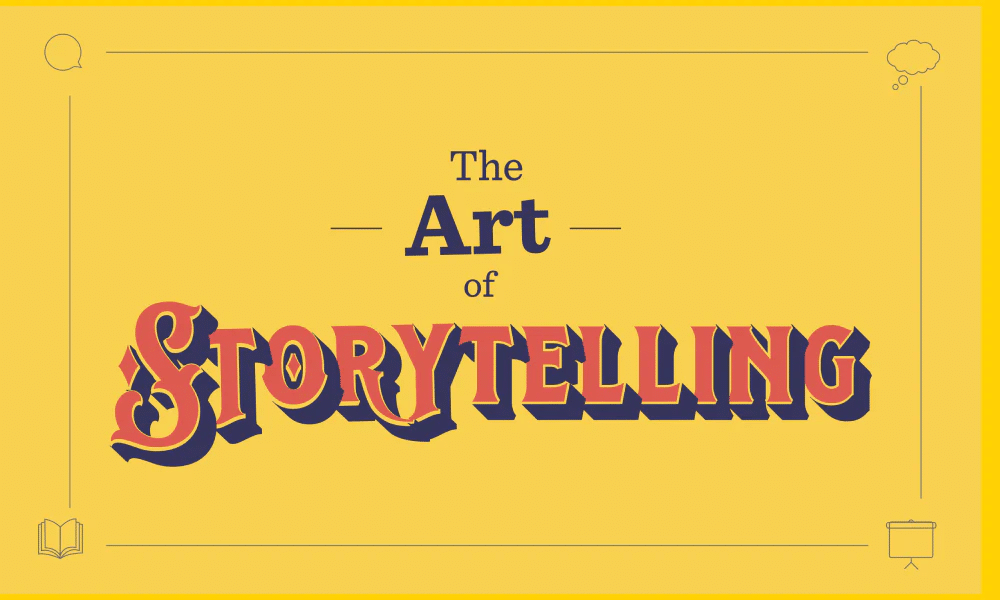In today’s saturated market, where every luxury hotel seems to boast the finest amenities and unparalleled service, the true differentiator lies in the stories they tell. Compelling narratives can transform a simple marketing message into an emotional journey, capturing the hearts and imaginations of potential guests. This isn’t just about selling a room for the night; it’s about selling an experience, a dream. Let’s explore how luxury hotels can harness the power of storytelling to create a deeper connection with their audience.

Unearthing the Hotel’s Unique Tale
Every luxury hotel has a unique story, one that often goes untold in the hustle of conventional marketing. Think about the quaint, family-run boutique hotel that has been in the same family for generations. Imagine the passion and dedication poured into maintaining its charm and heritage. Sharing this backstory with potential guests isn’t just informative; it’s captivating. It transforms the hotel from a place to stay into a place with a soul and a history.
Take, for instance, the Ritz Paris, which reopened in 2016 after extensive renovations. The Ritz didn’t just update its facilities; it rejuvenated its narrative. They highlighted their storied past, from hosting Coco Chanel to being the setting for Hemingway’s adventures. By intertwining their rich history with modern luxury, they created a narrative that resonates with both nostalgic travelers and those seeking contemporary elegance.
Integrating the Local Culture and Heritage
Luxury hotels are often located in destinations that are rich in culture and history. Instead of just promoting the local attractions, why not weave them into the hotel’s narrative? The Amangiri in Utah does this brilliantly. It’s not just a luxury resort in the desert; it’s a sanctuary that offers an intimate connection with the Navajo culture and the majestic landscapes of the American Southwest. Their storytelling extends beyond their premises, inviting guests to be part of the region’s ancient stories and traditions.
Guest Stories: The Ultimate Testimony
Nothing speaks louder than the experiences of those who have stayed at the hotel. Encouraging guests to share their stories creates a treasure trove of authentic content. These aren’t just reviews; they are personal narratives that potential guests can relate to. When someone reads about a family’s magical Christmas at the Plaza Hotel in New York, complete with ice skating at Rockefeller Center and a visit from Santa, it paints a vivid picture of what their own experience might be like.
Visual Storytelling: A Picture is Worth a Thousand Words
In the digital age, visuals are crucial. A well-shot video or a series of stunning photographs can convey the atmosphere and essence of a hotel far more effectively than words alone. The Fogo Island Inn in Newfoundland uses breathtaking imagery to showcase its unique location and design. Their visual storytelling highlights not just the luxury of the accommodations but also the rugged beauty of the surrounding landscape and the warmth of the local community.
Personalization: Crafting Unique Guest Experiences
Luxury is often synonymous with personalization. Telling stories about how the hotel caters to individual preferences can highlight this aspect beautifully. Consider a narrative where a hotel arranges a private dinner under the stars for a couple celebrating their anniversary, complete with their favorite dishes and a live musician playing their song. Such stories don’t just tell potential guests what the hotel offers; they show them how those offerings can create unforgettable memories.
Engaging Across Multiple Channels
To maximize the impact, these stories should be shared across various platforms – from the hotel’s website and social media channels to email newsletters and even print materials. Each platform has its strengths. Instagram, for example, is perfect for sharing captivating visuals and bite-sized narratives, while the hotel’s blog can dive deeper into longer stories and behind-the-scenes content.
The Role of Staff in the Storytelling Journey
The staff are the living, breathing embodiment of the hotel’s brand. Training them to share the hotel’s story and their own personal experiences can significantly enhance guest interactions. When guests hear a story about the chef’s journey to find the perfect ingredients for their meal or the concierge’s favorite hidden gems in the city, it adds a personal touch that is hard to forget.
Measuring Success and Adapting
Finally, it’s essential to measure the effectiveness of storytelling efforts. Engagement metrics, guest feedback, and social media shares can provide valuable insights into what resonates with the audience. This data should be used to continuously refine and adapt the storytelling approach, ensuring it remains fresh and impactful.
Tell a Story
Storytelling in luxury hotel marketing is about more than just promoting a product; it’s about creating a connection. By sharing the unique history, culture, and personal stories associated with a hotel, marketers can craft a narrative that is both engaging and memorable. This emotional connection not only attracts guests but also turns them into loyal advocates. In the end, the art of storytelling isn’t just about filling rooms; it’s about filling hearts with unforgettable experiences.

